|
|
|
|||
|
|
||||
|
|
||||
| MOTORS: Igniter | ||||
|
|
HOME | SITE MAP | FORUM | CONTACT |
|
||
|
ABOUT | MOTORS | MODELS | ARCHIVE | HISTORY | STORE | FAQ | LINKS
Jetex range | Imitators | Operations | Fuels | Accessories |
|
|
|
|
|
|||
|
Howard's Hot Rod
by Howard Metcalfe ed. John Miller Crawford published exclusively on Jetex.org, November, 2004 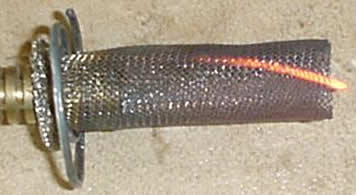 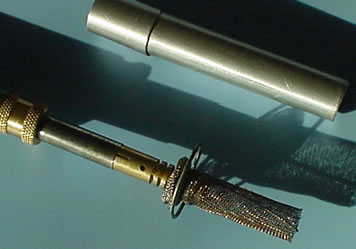 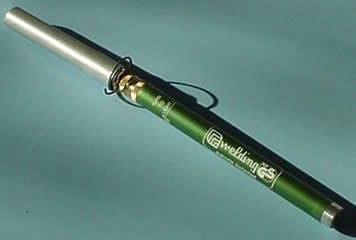 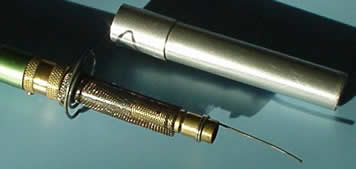
- all photographs by Howard Metcalfe
|
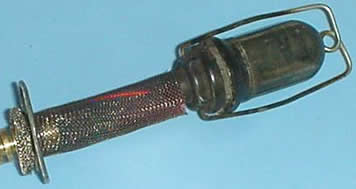 Can't find decent Jetex fuse? Here's a surefire (pun intended) way of lighting the most stubborn pellets even in a light breeze. I haven't tried it on the later yellow crumbly Powermin fuel but, on the other hand, I have used it for lighting recalcitrant Rapiers – in fact, sometimes this is the only way I light them, and it means there's no fiddly drilling out to bother with. Essentially, it’s a standard microflame butane gas torch, modified with just a few bits and pieces, using simple hand tools. The flame from the torch is used to heat a The data sheet below, together with the photos, should provide all the information you need to make one of these Hot Rods for yourself. Read the sheet like a storyboard – the steps needed to assemble it are shown from top to bottom. The stainless steel mesh windshield can be made from the curved cup of a small tea stainer flattened and teased out into a square before rolling it into shape. Slide it back over the torch nozzle to light the igniter, then slide it forward over the probe when alight. The probe should be a little longer than the windshield so that its tip is just exposed, which will help you to sight the wire into the nozzle hole. Once entered, just keep pushing gently – the windshield should be free enough to slide back and allow the tip to reach the pellet. Continue pushing gently as the hot wire sinks into the pellet, until smoke starts to issue from the nozzle. I have had no trouble not using a gauze in the motor when lighting old Jetex fuel although Red Spot fuel has not been tried. Piano wire or nichrome can be used for the probe but these will need frequent replacement – stainless steel wire is best. Note that the bend on the wire is not critical but helps the tip end soak up the maximum heat from the flame and enables the Hot Rod to be held at a convenient angle to the model. As for using it on the flying field, you'll find that the lighting procedure is a bit cumbersome solo handed and needs a little thought and practice beforehand. It’s best to hand the igniter to a pal to shut it off once the motor is alight. When on my own I usually kneel to launch so I can put the Hot Rod down carefully while still alight, turning it off once the model is airborne (OK in wet England). The wire safety guard keeps the flame off the ground. With still more forethought, even a catapult launch system can be used. The area surrounding the motor needs careful attention to heat proofing, but as long as you reduce the flame to a minimum once the Rod starts to glow, the danger is minimised. If the motor is trough mounted, make sure that the model is fully upside down when lighting. On a final note of caution, this little tool can turn into a beast and give you serious burns if you mishandle it! I have used several names for this igniter but I find that |
|||
|
|
||||
|
|
|
|||
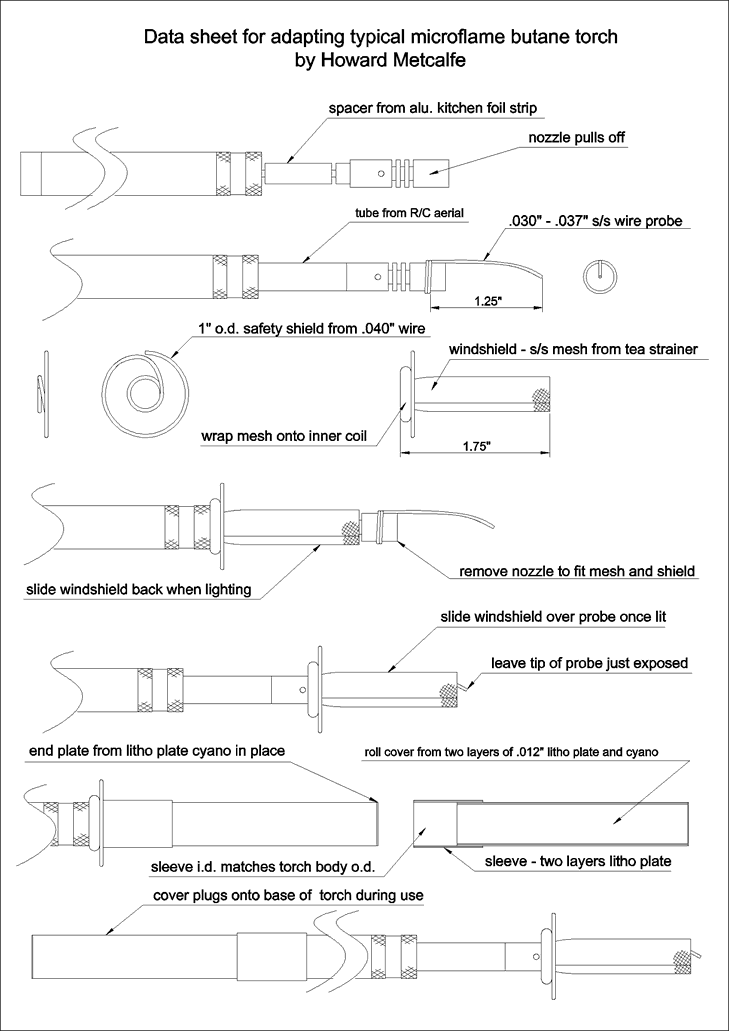 |
||||
|
|
||||
|
|
|
|||
|
|
|
|
|
|
|
|
Acknowledgements - Text, photographs and diagram: Howard Metcalfe |
|
|
|
|
ABOUT | MOTORS | MODELS | ARCHIVE | HISTORY | STORE | FAQ | LINKS
Jetex range | Imitators | Operations | Fuels | Accessories |
|
|
Terms of Use
|
Queries? Corrections? Additions?
Please
contact us.
|
|